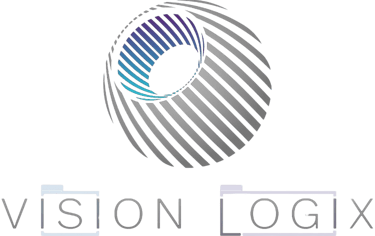The Comprehensive Guide to Data Annotation: Methods, Types, and Purposes
8/16/20242 min read


Introduction to Data Annotation
In the realm of machine learning and artificial intelligence, data annotation plays a critical role. Data annotation refers to the process of labeling data to make it understandable for machines. This labelled data is then used to train algorithms to recognize patterns, categorize information, and make predictions. Without proper data annotation, the efficacy of AI models could be significantly compromised.
Various Methods of Data Annotation
Data annotation can be achieved through several methods, each serving different purposes and coming with its own advantages and challenges. The primary methods include:
Manual annotation: Here, individuals are employed to label data manually. This method, though time-consuming, ensures high accuracy as human judgment is involved. It's commonly used in areas requiring nuanced interpretation, such as medical imaging or natural language processing.
Semi-automated annotation: This method involves a combination of machine assistance and human intervention. Initial labeling is done by algorithms, and humans review and correct the annotations. It strikes a balance between speed and accuracy.
Automated annotation: Fully automated systems use algorithms to label data without human involvement. While this method is the quickest, it may lack the nuance and precision of human judgment. It is most effective in well-defined tasks with high volumes of data, such as object detection in images.
Types of Data to Label
Data annotation is not limited to a single data type. Different types of data can be annotated based on the specific requirements of the machine learning model:
Text Data: Annotations for text data often include tagging parts of speech, named entities, or sentiment analysis. It's extensively used in natural language processing tasks such as chatbots and translation services.
Image Data: Image annotation involves identifying and labeling objects within an image. Techniques include bounding boxes, semantic segmentation, and polygonal annotation. Applications include facial recognition, medical imaging, and autonomous driving.
Audio Data: Annotation for audio data often involves transcribing speech, identifying speaker roles, or tagging sound events. This is essential for systems like virtual assistants, transcription services, and emotion recognition.
Video Data: Video annotation extends image annotation to the temporal domain. It involves tracking objects across frames, annotating actions, and analyzing behavior. Use cases include video surveillance and sports analytics.
Purpose of Data Annotation
The purpose of data annotation is manifold, driven by the need to create effective and reliable machine learning models. Key purposes include:
Training AI Models: Annotated data serves as the foundation for training machine learning models. Accurate labeling ensures that models learn from high-quality datasets, leading to better performance.
Enhancing Model Accuracy: High-quality annotations improve the accuracy of AI models by providing them with reliable training data. This is crucial in applications where precision is critical, such as healthcare and finance.
Developing Robust Systems: Properly annotated data helps in creating robust systems capable of generalizing well to new, unseen data. This robustness is essential for real-world applications where variability is common.
In conclusion, data annotation is a pivotal process in the development of machine learning models. Understanding its various methods, types, and purposes can significantly enhance the quality and reliability of AI systems.
Services
Data collection/creation, Data annotation, model training, deployment in real world.
Contact Us
+91 9447769933
© 2024. All rights reserved.


Division of Summit design studio
